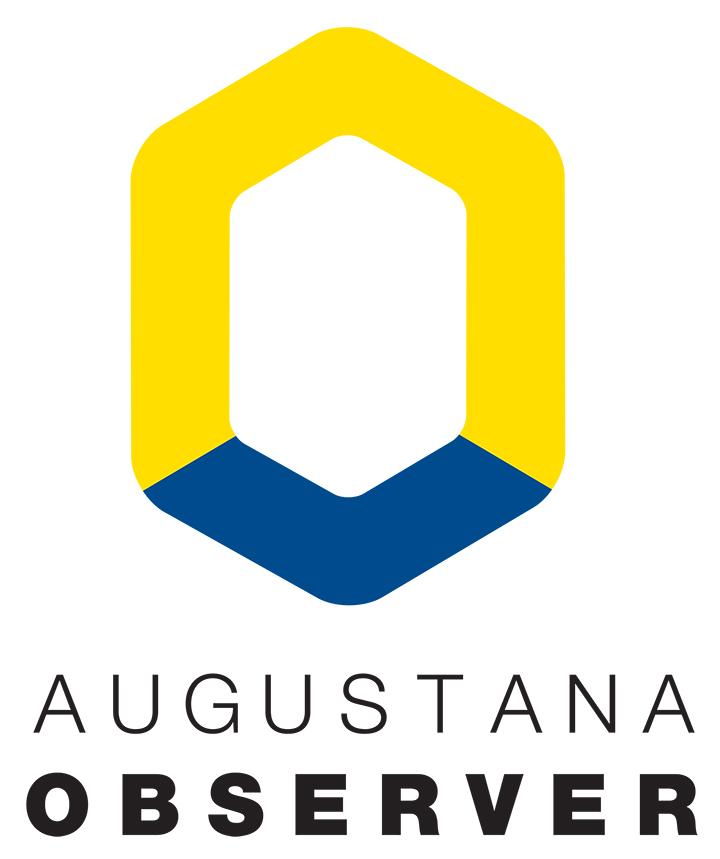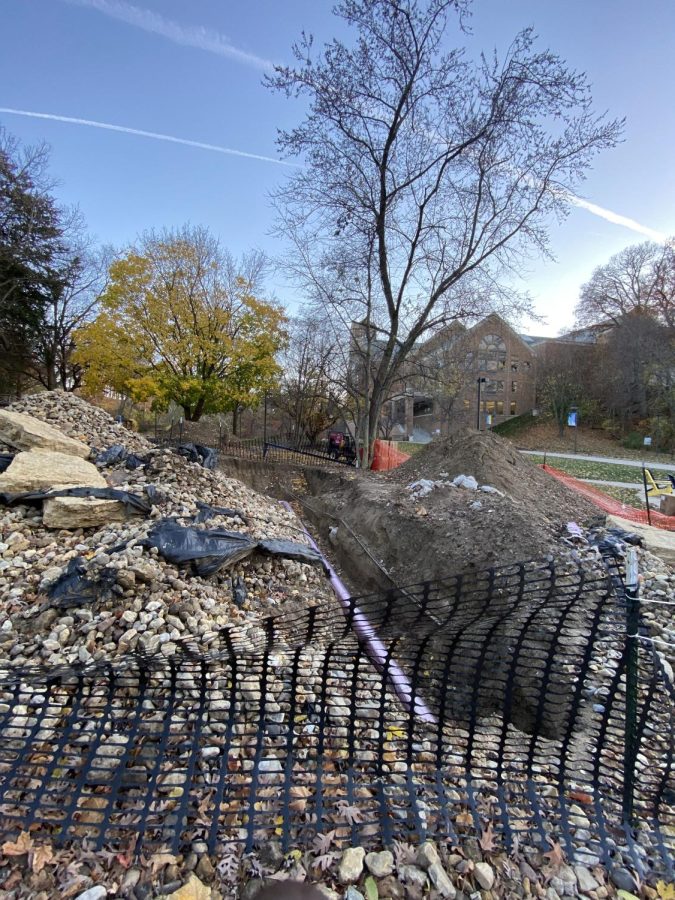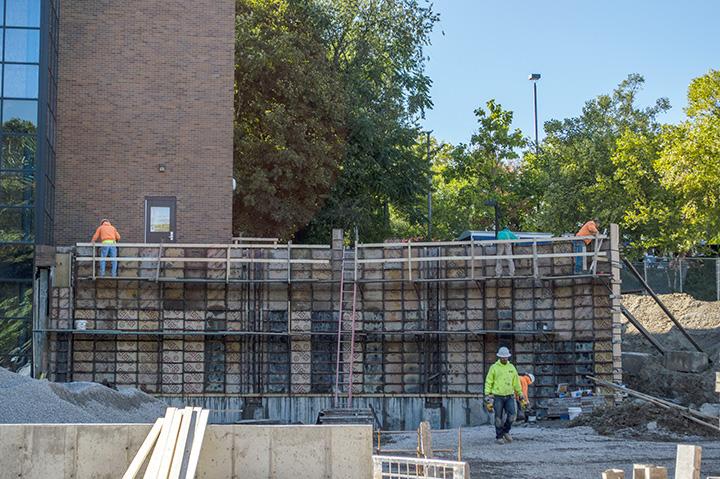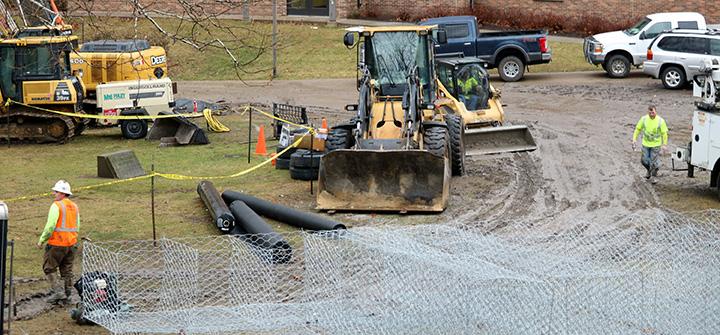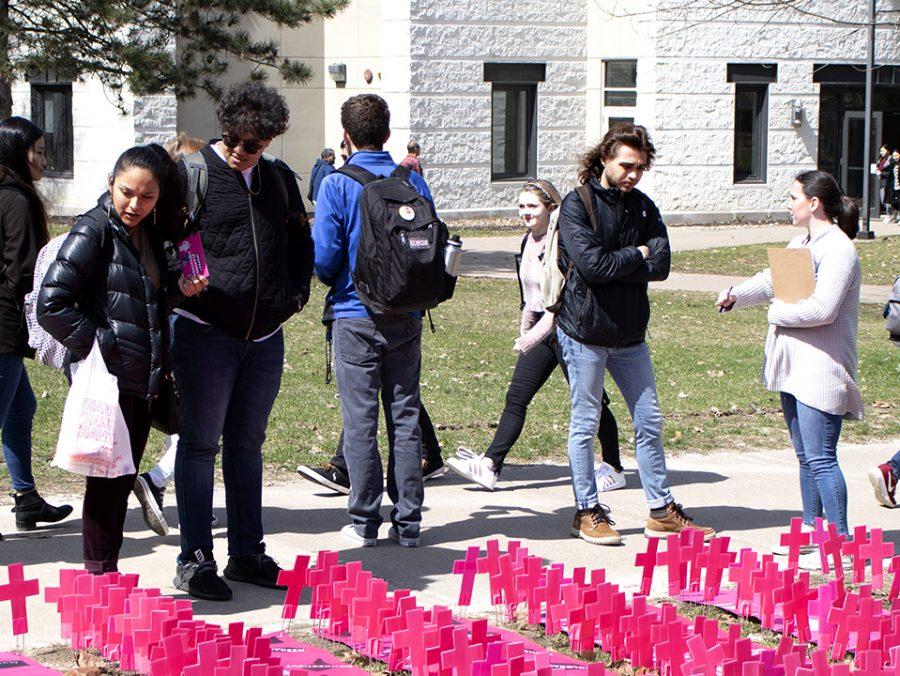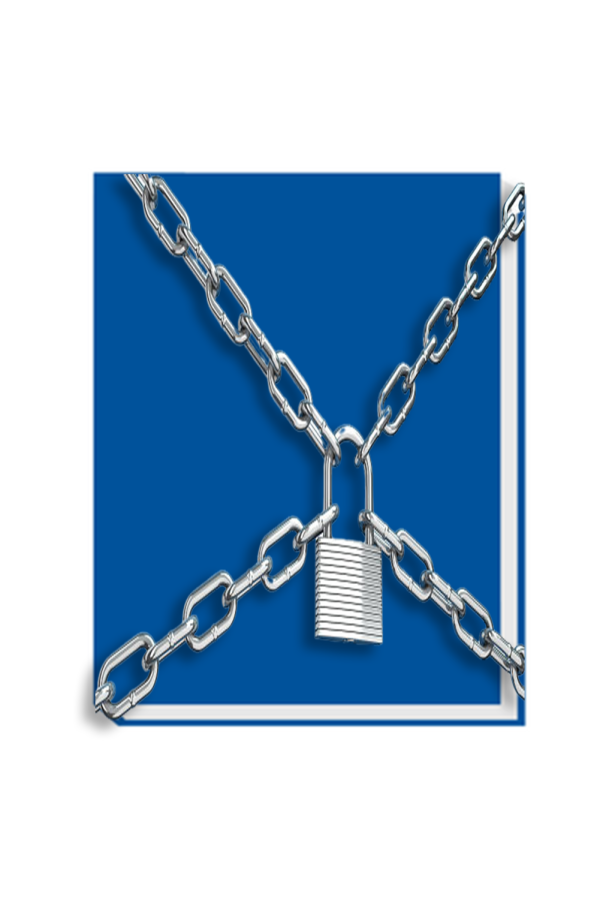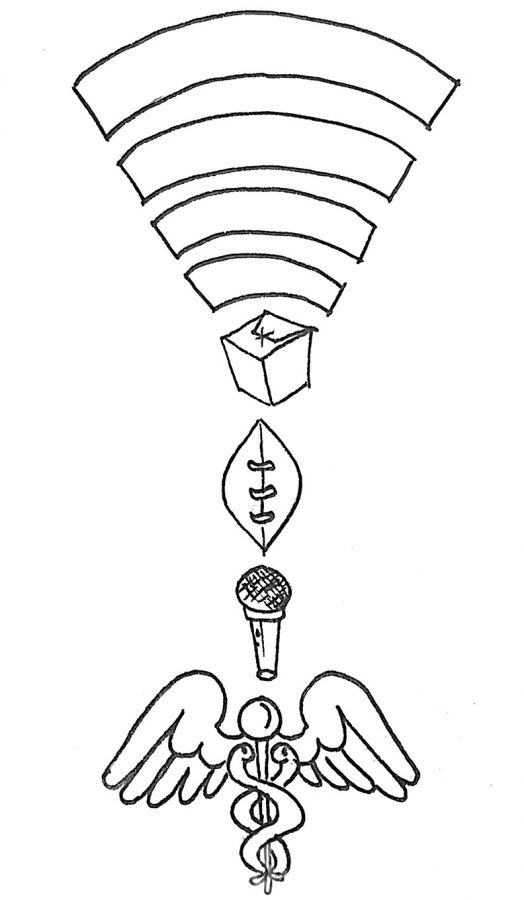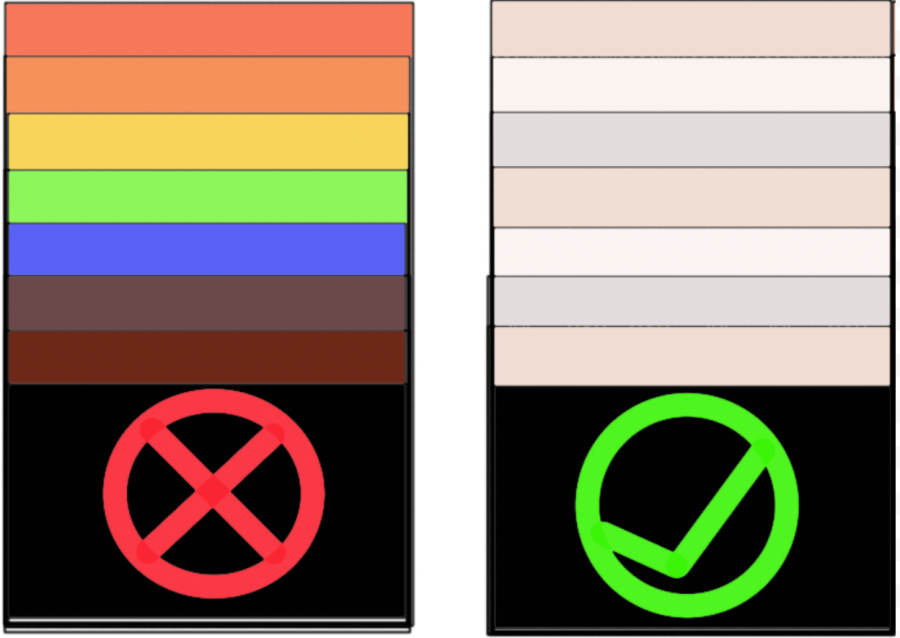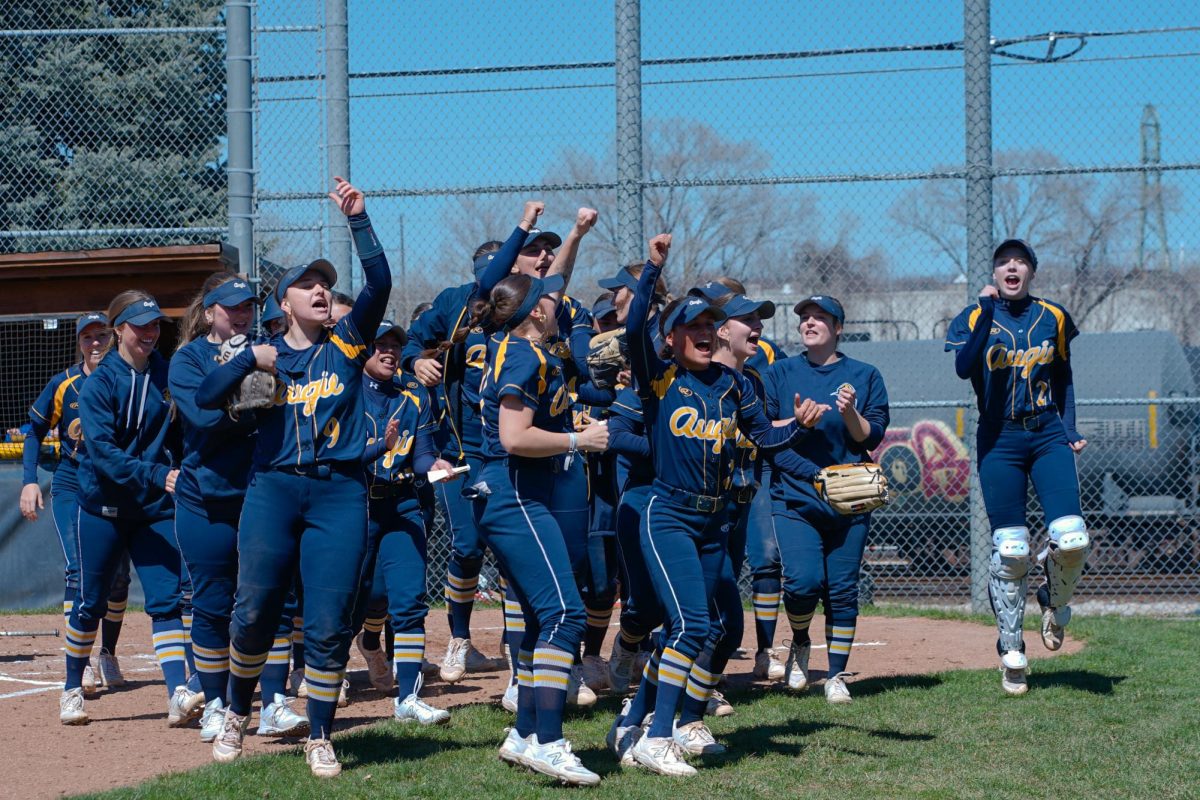On Saturday, Sept. 21, yellow vest protesters took to the streets of Paris again. This revival came after a relatively quiet summer. What started as a peaceful protest quickly escalated after dozens of people dressed in black mixed with the crowds, smashing several windows and setting fire to garbage. We can learn a lot about effective protesting from the French.
Police deployed tear gas near the Champs-Élysées avenue and at other locations where protests were banned for the weekend, which also happened to be heritage weekend.
Multiple movements were represented in the protests. Climate change activists disbanded after tear gas was used. Anti-government protesters also clashed with police. Meanwhile, a far-left workers union protested against the government’s proposed overhaul of the pension system.
The violence is, unfortunately, not new. The French have a protected right to march, and the government also has the authority to designate protected areas. The people assemble and protest in the protected areas, like the Champs-Élysées is, and the police respond with force.
For those unfamiliar with the yellow vest, or gilet jaunes, movement, it began in November 2018 as a protest against French president Emmanuel Macron’s proposed tax hike on fuel. In December 2018, President Macron announced that he was abandoning the fuel tax. This came after 3 weeks of protests which left hundreds of people injured and national monuments like the Arc de Triomphe damaged.
A week later, President Macron addressed the nation to announce an increase in the minimum wage as a concession to the continued protests.
The protests continued to evolve through the first half of 2019, but the crowd sizes were starting to diminish. The summer months were mostly quiet until this past weekend, which marked the 45th consecutive week of protests. And the protests are not just happening in the capital city, Paris; they are happening across France, everywhere from villages to cities.
The disruption has been felt everywhere, and that may be part of their success. Disruption in a capital city is to be expected, yet across the country the French have mobilised to make it crystal clear to their government that they demand change. When we march, it should not be only in a select few cities and the capital. And it should not be just after a tragedy. Protesters in the U.S. may need more than 45 consecutive weeks of total disruption to make their point not just heard, but felt.
President Macron has now made multiple concessions to the protesters. The tactics employed by protesters seem to be effective, but should they be emulated? On the one hand, the protests are mostly peaceful, but when protected areas are marched upon, when rocks are thrown, when a corrupting force mixes with the crowd, the police get involved. Both protesters and police have sustained injuries and a few people have even died.
Sometimes, peaceful protests fall on deaf ears. Would an American version of the gilet jaunes movement produce results? My inclination is to say no. If the national debate on gun violence has demonstrated anything, it is that people can die, people can march, people can demand action now, and the government will still fail to act. Perhaps it is the two-party system that we have, perhaps it is the gun lobbyists from the National Rifle Association, either way, it leads to gridlock that hinders progress.
Workers in France are marching, protesting against retirement reform which could require people to work for longer and reduce their pensions. And climate change activists are demanding action to reduce greenhouse gas emissions. What matters most is their persistence.
If history is any indication, then my prediction is that the French government will take cues from the public and will try to tailor the policy to meet the concerns of the people.
It is important to know that our protests have not fallen solely on deaf ears. American corporations like Walmart have picked up the burden of lessening gun violence. California has taken the lead on climate action by raising their emissions standards, and automakers have signed on as well. March on.
Protesting With Success: On The French Yellow Vest Protests
October 3, 2019
Leave a Comment
More to Discover
